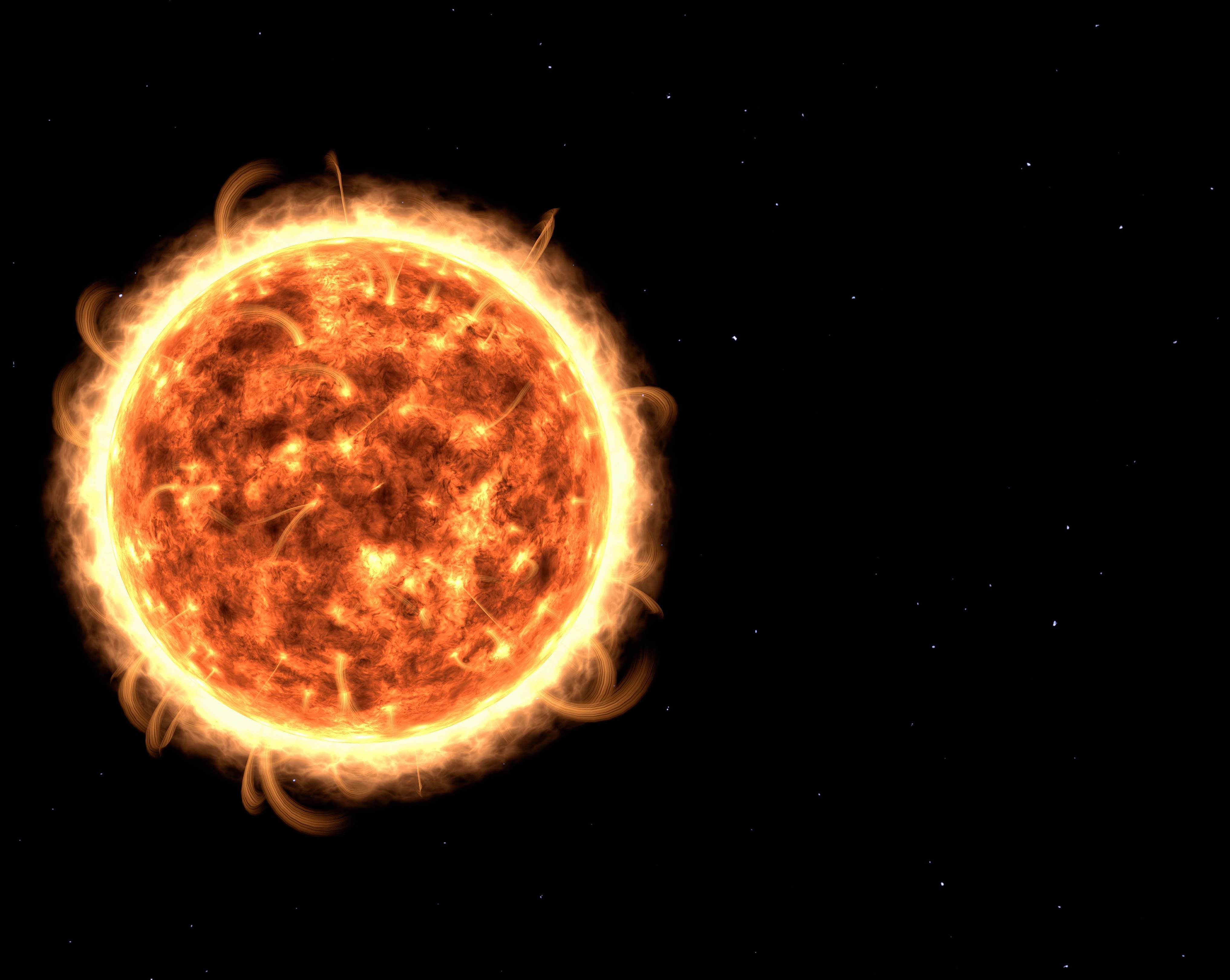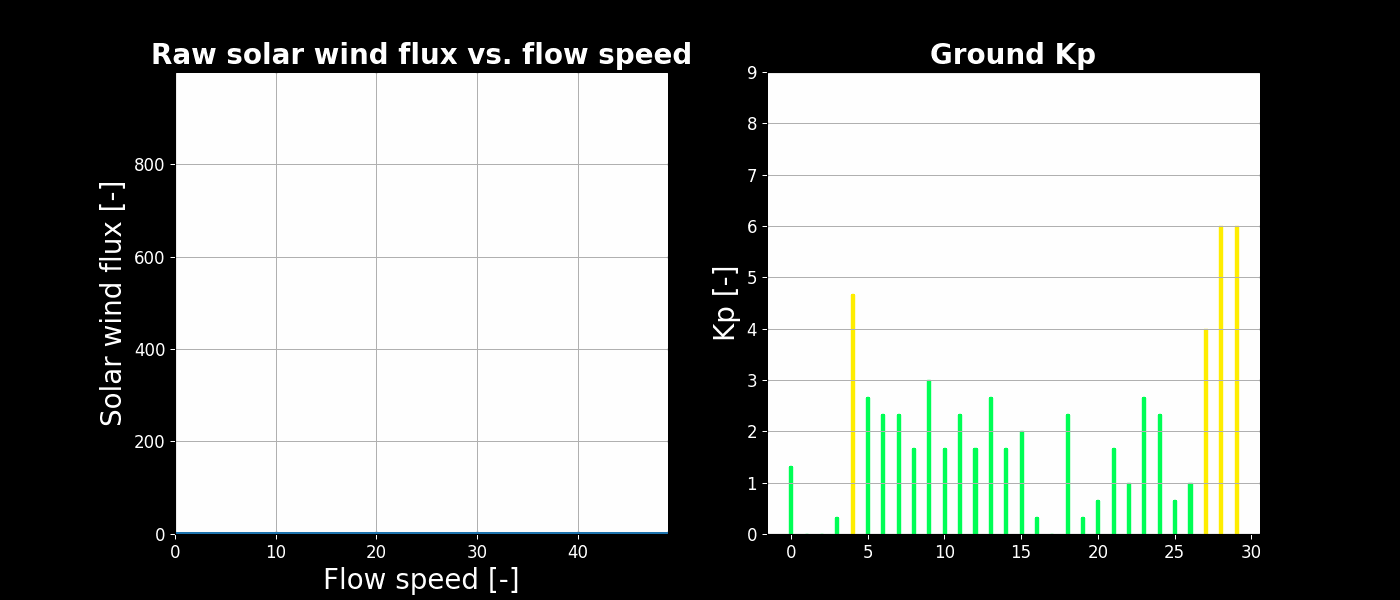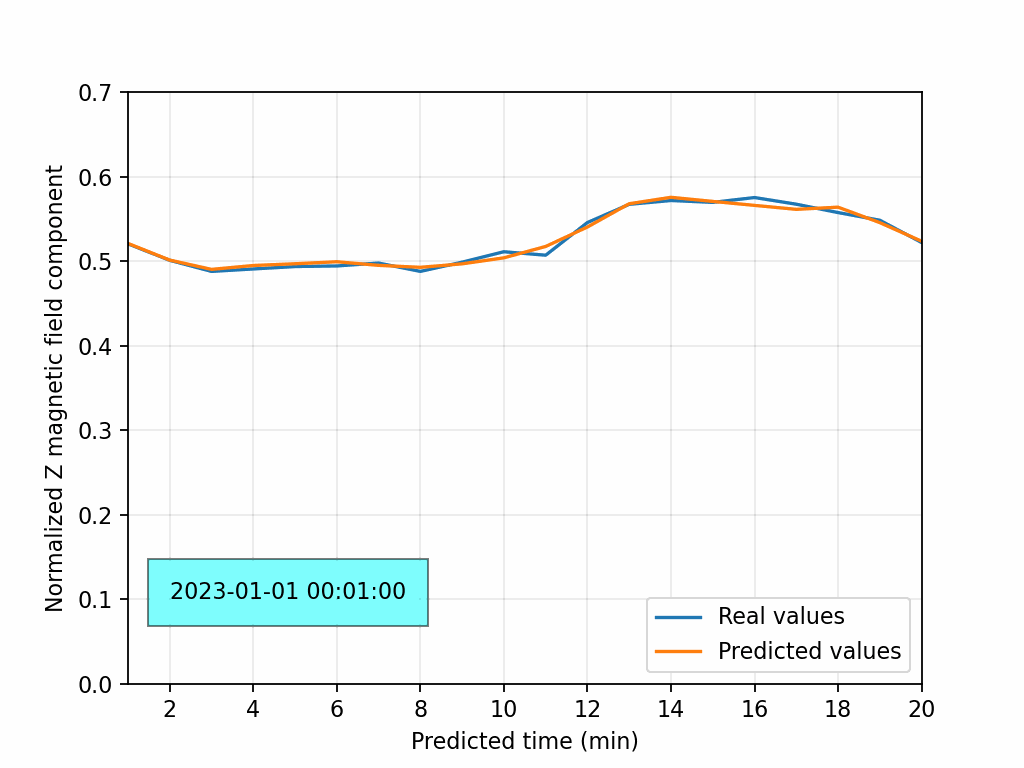DSCOVR Crystal Ball
Tomorrow's Sun, Today's Predictions

The Challenge of Solar Storms: Understanding the Sun's Fury
Solar storms, also known as space weather events, are powerful disturbances originating from the sun that can have profound impacts on Earth and its technology-dependent society.
These storms are not simply a matter of astronomical interest; they pose significant challenges to our technological infrastructure and have the potential to disrupt essential services like communication, navigation, and power distribution.
Assessing the Impact: Solar Storm Consequences and Challenges
Solar storms are driven by the sun's dynamic behavior. Our star, the sun, undergoes constant changes in its magnetic field and surface activity. Occasionally, these changes lead to the release of massive bursts of energy in the form of solar flares and coronal mass ejections (CMEs). These bursts contain highly energetic particles and electromagnetic radiation that can travel through space and interact with our planet.
Impact on Technology
Solar storms can cause geomagnetic disturbances that affect power grids, satellites, and communication systems. They can induce electrical currents in power lines, leading to equipment damage and power outages. Disruptions in satellite communications can impact GPS navigation and weather forecasting, affecting transportation and emergency response.
Aerospace and Astronaut Safety
For astronauts in space and passengers on long-haul flights, exposure to elevated levels of solar and cosmic radiation during solar storms can pose health risks. Ensuring their safety requires timely storm predictions.
Radiation Hazards
Solar storms can elevate radiation levels in Earth's upper atmosphere, which can affect both air travelers and astronauts. Adequate forecasting helps mitigate these risks.
Powerful solar storms, driven by intense solar activity, have the potential to trigger widespread power outages. These geomagnetic disturbances can interfere with critical infrastructure, such as electrical grids, satellites, and communication systems, underscoring the importance of understanding and mitigating the impact of these natural phenomena on our modern technology-dependent society.
Spacecraft and Satellite Health
Solar storms can damage the electronics and solar panels of spacecraft and satellites, reducing their operational lifespan. Costly and critical space missions are at risk without proper prediction and protection measures.
Scientific Understanding
Beyond the practical consequences, studying solar storms contributes to our fundamental understanding of astrophysics and the behavior of stars. Insights gained from solar storm research can have broader applications in the study of celestial phenomena.
Our idea
Our three-step algorithm combines advanced machine learning techniques to forecast geomagnetic activity

Future Magnetic Field Prediction with ANN
We initiate the process by employing a Neural Network (NN) to forecast the Earth's magnetic field at future time points. The NN analyzes historical magnetic field data and generates predictions, allowing us to anticipate how the magnetic field will evolve.
Kp (K-Index) Estimation from Predicted Magnetic Field Data
The predicted magnetic field data as input and translates it into Kp values, which represent the level of geomagnetic activity. This step helps us quantify the expected magnetic disturbances accurately.
Presentation of Metrics and Results
In the final step, we present a comprehensive analysis of the results. We provide metrics and visualizations that illustrate the accuracy of our predictions and the performance of the ANN in estimating Kp values. This enables us to assess the effectiveness of our algorithm in forecasting geomagnetic activity and its potential impact on various applications.
In order to gain a deeper understanding of our dataset, we have employed a dynamic and informative approach to visualize missing data.

Rather than simply listing the missing values in a static table, we have opted for a more engaging method—a visually captivating animation. This animation effectively highlights the patterns and trends in missing data over time, providing us with valuable insights into areas of our dataset that may require further attention or imputation.
Once the data was comprehended, it was utilized to train a neural network that enables the prediction of the solar magnetic field over a 20-minute time window with outstanding precision

Our neural network provides predictions of the solar magnetic field's behavior over the next twenty minutes, based on its evolution over the past twelve hours. This prediction enables anticipation of unusual disturbances in the magnetic field within a 20-minute timeframe, with an error of less than 6%.
GitHub Repository
Here is the link to access the repository containing the source code for this project. You can explore the codebase, review the implementation details, and access any relevant documentation by visiting this repository.
https://github.com/Chasmosaurus915/SpaceApps_Sevillhack

Our Team
We are a group of young researchers consisting of mathematicians, engineers, and physicists, alongside a dedicated PhD holder in physics. Our collective passion lies in the realms of data analysis and machine learning, where we eagerly explore the frontiers of knowledge and innovation.


Are you prepared to make the dangers of solar storms a thing of the past?
JOIN US

